"Leader's Intent": Your New Guiding Principle
You’re a leader. You’re charged with making decisions that impact the business, the organization, and your team. You’re accountable. Your role is key to the success of your organization.
So what happens when you’re not around?
Too often I hear things like, “It’s a high-growth time for us, I’ll take a step back after we go public.” Or, “I’m traveling to Europe so I’ll be working double days - putting in a full day Eastern Time after my packed day of meetings.” Or my favourite, “I’m on vacation but I’ll be checking email three times a day.”
There are of course times when your input is key; essential, even.
But no one is irreplaceable. If your team can’t step up in your absence, you’re setting them up to fail. And you’re thwarting any plans you might have to scale.
Now that I’ve insulted you, let’s turn to solutions.
Fight Fire With… Savvy Planning and Prudent Internal Communications?
We can learn a lot from one profession in particular - a vocation that involves making life-and-death decisions every single day. When a chief firefighter can’t be present beside their team, she or he knows the team will do the right thing thanks to “leader’s intent.”
Leader’s intent is a simple delegation framework to ensure that, in your absence, your team will be guided by your intent and therefore make the right decisions and take the right actions, without having to first consult you. It’s about more than delegation though; it’s about accountability and empowerment.
One wildfire-fighting organization boils it down thus:
Task - what is the objective or goal of the assignment?
Purpose - why does the assignment need to be done?
End state - how should the situation look when the assignment is complete?
Equipped with this information, a firefighter can execute in a way that’s faithful to their leader’s intention - thus freeing the boss up to focus on other things.
Leader’s Intent in Your Workplace
Now, we love a good delegation framework here at Pencil or Ink.
But we know that in typical workplaces - i.e., where any fires being fought are more like missed deadlines or fall-out from hastily written emails - there’s more to ensuring a leader’s intent is adhered to.
Setting your team up to do well in your absence is a process.
It takes time.
It’s multilayered.
It can involve a bit of trial-and-error.
Here are a few places to start…
Process and Delegation
Like New York’s bravest, we’ll begin with process. Most new leaders lack management experience, so there are lots of resources geared towards supporting them. If you pay attention to only one, make it a good delegation framework.
If your team hasn’t done your work in your presence, they don’t stand much chance of doing it well in your absence. Show them how, get their buy-in, and be available to offer feedback, answers, and coaching - at least initially. We like this approach to delegation, but the three steps outlined above are also a good place to start.
Values and Culture
What’s the culture at your company?
How about on your team?
What do people value about the work and the people?
Values exercises are often done poorly - they’re sometime about checking a box rather than doing anything meaningful.
But done well, defining a shared set of values (realized or aspirational) can enhance your team’s work and morale. And, crucially, can provide insight into your intent as a leader.
For example, if a known, lived, and shared value on your team is to “Be accountable to the client,” - you’re giving everyone a clear guideline for when a client challenge arises in your absence. (And let’s face it, modeling accountability and expecting it in others is another powerful way of instilling leader’s intent.)
Trust
Trust is an important ingredient in business. Where it’s lacking, opportunities are missed and culture founders. Often leaders struggle to take time away precisely because they don’t trust their team to execute well or to make good decisions without a leader’s input.
How do you build trust?
First, gauge where it exists and where it’s lacking. Perhaps there’s an abundance of trust when it comes to people’s credibility and reliability, but a dearth when it comes to connection and intimacy.
Regardless of where the deficit lies, take time to address it. Team-building retreats can do wonders, but enhancing trust doesn’t need a budget attached to succeed. Encouraging conversation, listening well, and improving internal communication are great (and typically free) ways to improve trust.
Laying the groundwork for leader’s intent year round will make a huge difference when you have to be away - by necessity or by choice. But even in your presence, communicating leader’s intent and giving your team leeway to act is advisable. After all, it can make the difference between leading a team of accountable high-performers and managing a team of contributors who need a bit of handholding to move forward.
—
Ellie Hearne is a leadership-communications expert and founder of Pencil or Ink. She has worked with Apple, Google, Kate Spade, Marriott, Morgan Stanley, Oracle, Pfizer, Piaget, Spotify, Starbucks, and Twitter, among others, and has coached numerous individuals and teams. Ellie’s intent is to help individuals and businesses lead.




